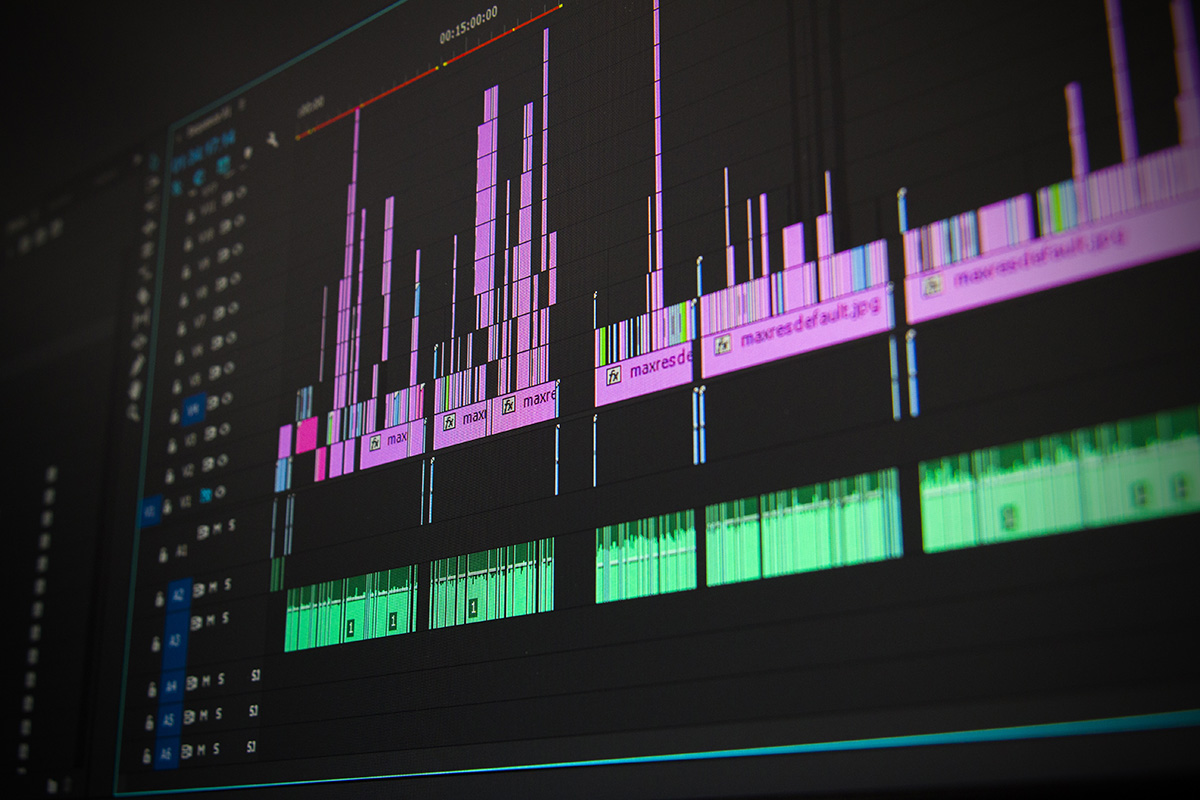Digitalization – business as usual
A new year is always an opportunity to look at trends for the years and decades to come and evaluate how our businesses fit into.
Digitalization is certainly something you have been talking about for a while and now it happens to be changing the landscape for good, at the highest speed ever. More data than ever is being analysed, and the exchange it faster thorough more interconnected networks; energy data included – who is consuming where and what.
Efficiency is the obvious gain from its adoption – saving more energy from building and industrial processes, quickly identifying flows in the distribution networks and improving the production of hydrocarbons with the use of fibre optic sensors, automated drilling robots, more sophisticated data algorithms to find new productive fields. This is said to be business as usual: a new technology enables you to do your job with lower costs/unit.
In the energy sector we have long been accustomed to long term perspectives. Decades of planning were needed for investment in hydrocarbons exploitation, pipelines, electricity networks, nuclear power plants. We have been used to demand stability and predictability from the Governments knowing the markets are there to stay and support our business models.
But growing deployment of renewables at ever decreasing costs, the spread of internet, and longer life for batteries, all demand a new perspective for the old way of doing business. Digitalization might be the norm, but what comes with it is equally disruption. And to survive we need new business models and a cultural shift to becoming more agile.
Because the models of production and consumption are changing altogether, blurring the distinction between the two. This great transformational potential is at the heart of the future of electricity markets. The power systems have increasing capacity to integrate larger shares of variable renewables by enabling grids to better match energy demand to peaks production hours – according to the International Energy Agency, the equivalent of 10% of the electricity consumption worldwide is available for demand response and the amount will double in the coming two decades. This is happening while the decentralized sources of power are growing. Small distributed networks and sharply decreasing costs of renewable power generators and batteries transform consumers into prosumers, block chain enabling peer-to-peer electricity trading. The greatest transformation lies with breaking down boundaries with the energy sector, more flexibility and enabling integration across the entire system. The asset-intensive business-models are transforming into zero-ownership platforms that monetize the cross-system linkages.
More green energy is on sight and digitalization is making the case for the climate change goals. It could help avoiding 240 million tons of CO2 emissions in the European Union by 2040, according to the IEA. It’s also an answer to growing pressure from investors to take more responsibility over the sustainability of the business model. Rent-to-own and solar-as-a-service are digital solutions to give access to green energy to everyone.
It is not to say there are only great opportunities ahead. While safety can be greatly improved, resilience and security become critical. Energy assets have always been a strategic target but the interconnectedness makes now the network more vulnerable to cyber-attacks. Once there is in place what we believe to be a future oriented business model, are the networks ready to face related risks? Do we have the right available skills to implement it?
Policy is key to the pace and success of this transformation and the framework is out there already with European Union’s Clean Energy for all Europeans, the Digital Agenda and other initiatives. But is down to Romania how it will put them at work and figure out how to distribute the costs and benefits adequately through incentives for both the operator and consumers, while ensuring the cybersecurity of the grid. As complex as it seems, one could be happy with no more than the Government levelling the playing field and forgetting the bedtime coal stories. Companies themselves will find a fix or fail.
As the world looks at the beginning of 2018, when digitalization is business as usual, it can bring more sustainable energy to more people in a more efficient manner with one click. Are your new business model and advocacy plan ready?



